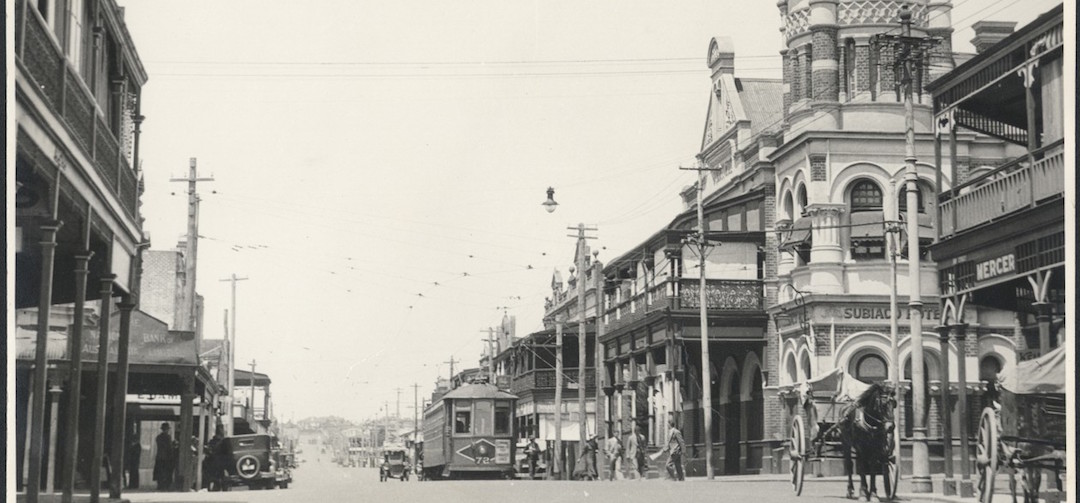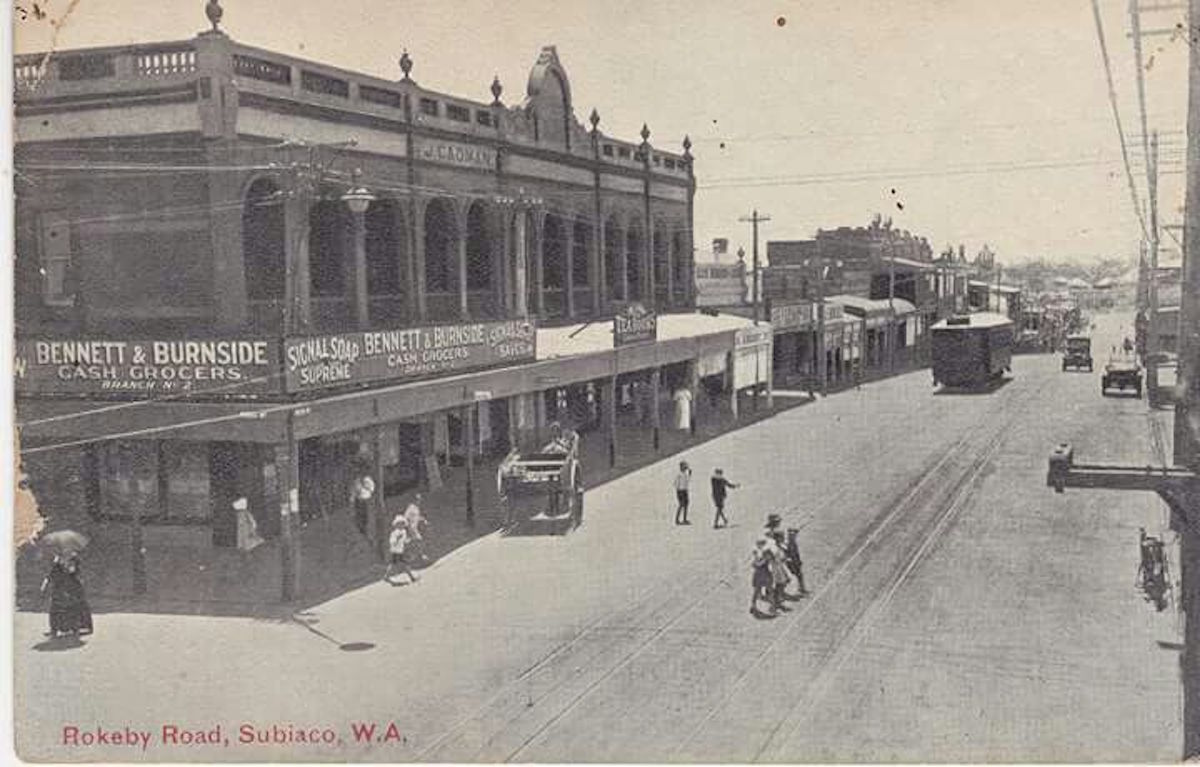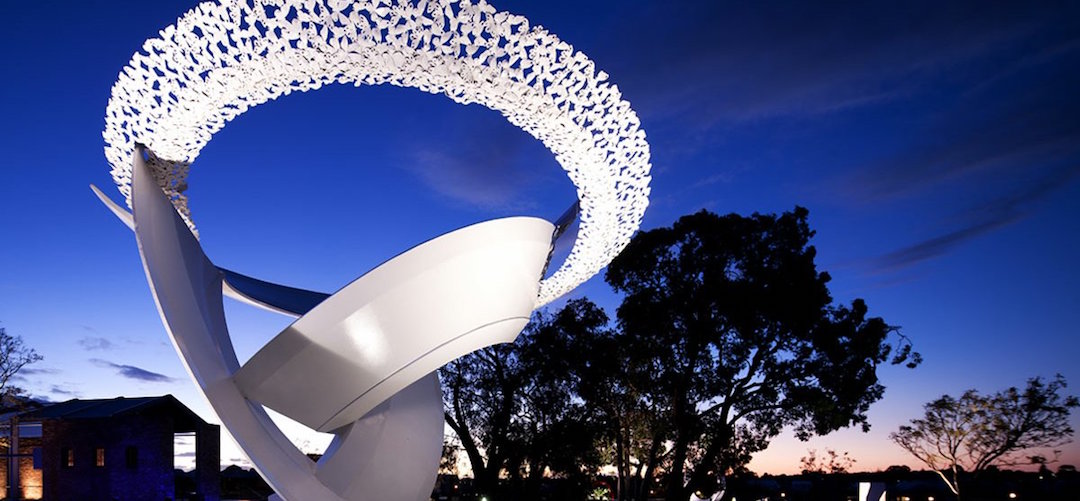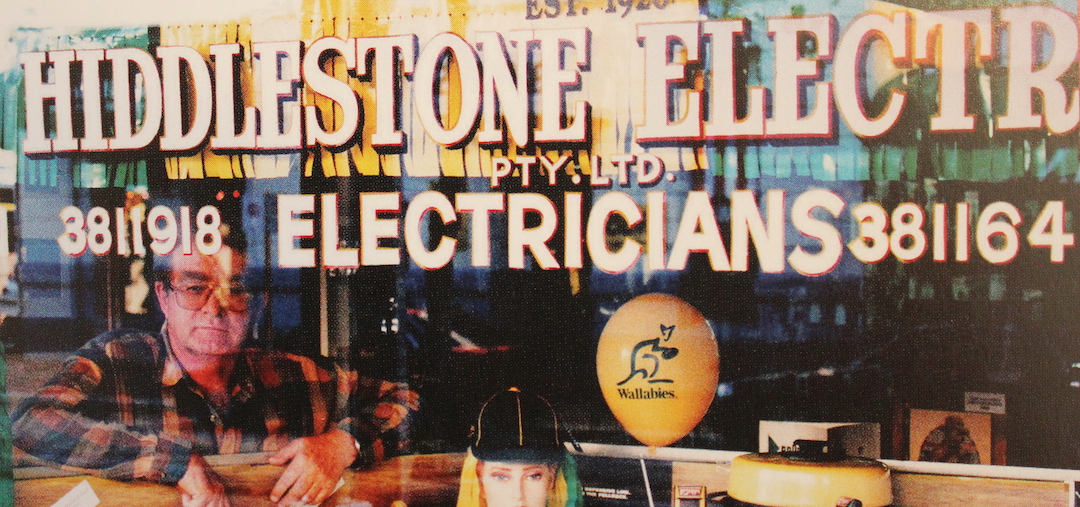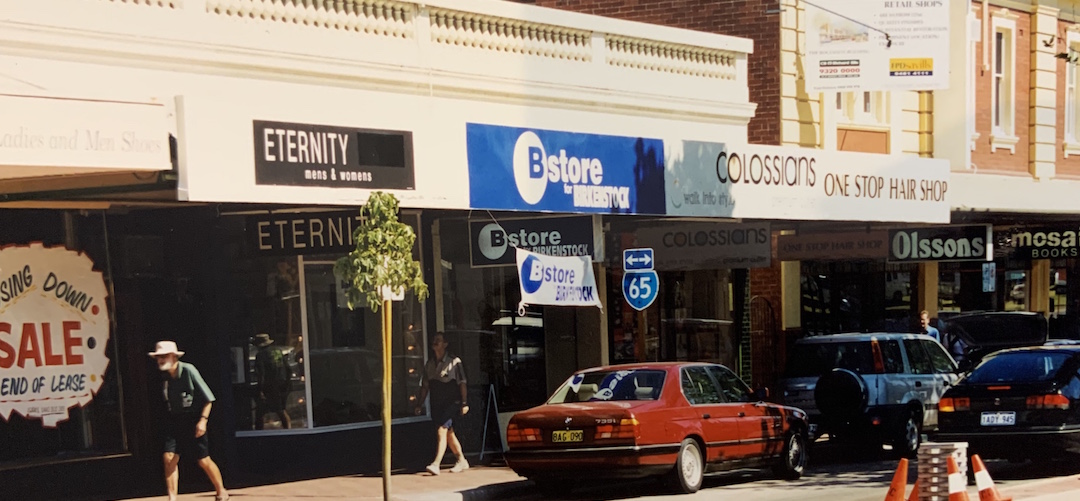Subiaco has a rich history including thousands of years of use by the Noongar people and then European settlement in 1851, development as a working-class, industrial area to the flourishing, cosmopolitan suburb of today.
For thousands of years, the Noongar people of the South-West of WA have owned the land on which we stand, including the streets of Subiaco that we now call home. Although there was an influx of white settlement from the 1800s onwards, the Whadjuk Noongar people are acknowledged as the traditional owners of the land.
In terms of European history in Subiaco, a group of Benedictine monks were the first European settlers in the area back in 1851. Named after the Italian town of Subiaco, the monks established a monastery called New Subiaco North, which was the first building erected in the area.
The monks had the area almost entirely to themselves until 1881, when the railway connecting Perth and Fremantle was built. An industry and retail ‘boom’ ensued, with business owners choosing Subiaco over Perth due to the cheaper land prices. Named after the New Subiaco North monastery nearby, the Subiaco railway station was built, and the surrounding houses and businesses followed suit, establishing the area’s name as Subiaco.
A combination of the Kalgoorlie gold rush and a depression over east resulted in a population boom for Subiaco in the 1890s. Subdivision of land in the area occurred to encourage and make way for the influx of people moving in. Finally, in 1897, Subiaco was proclaimed a municipality and Rokeby Road was the clear high street.
At the turn of the century, the council set up the land near the railway station as an area for secondary industry, resulting in great industrial growth and establishing Subiaco as a young, working-class suburb. Many of the original homes built at that time remain today.
Officially named City of Subiaco in 1952, Subiaco faced the threat of boundary changes from surrounding suburbs only a few years later. Support from residents and business owners as well as local politician Tom Dadour resulted in Subiaco keeping its boundaries.
In the years following, there was much disagreement over how to manage Subiaco. Infrastructure was falling apart, the streets were filled with rats and flies and many high-rise flat complexes were being built, tainting Subiaco’s image as a residential city. Some residents were keen to demolish the city and start from scratch, while some were adamant that maintaining the old world charm was imperative in rejuvenating the area.
Throughout the early 1970s, many stand-alone houses were demolished to make way for flat complexes and commercial buildings. However, after a change of guard in Council in 1978, the town planning shifted in an effort to maintain the city’s historical character and charm. Laws were implemented to conserve heritage buildings, the quaint laneways were fixed up and street waste removal was implemented to improve the city’s aesthetics. Ergo, land prices and Subiaco’s reputation improved drastically throughout the 1980s.
Following on from this rebrand of Subiaco, the city’s historical industrial areas were redeveloped to fit the more upmarket vibe of the city. Many of the industries were redeveloped into residential areas with the help of the Subiaco Redevelopment Authority (SRA, est. 1994). The SRA are responsible for what we now know as Subi Centro, as they led the project to sink the original railway line and build a new station to allow for residential and commercial developments in its original spot.
Subiaco continues to evolve to this day. Read more on the history of Subiaco on our history page.
Museums and historical sites of Subi

